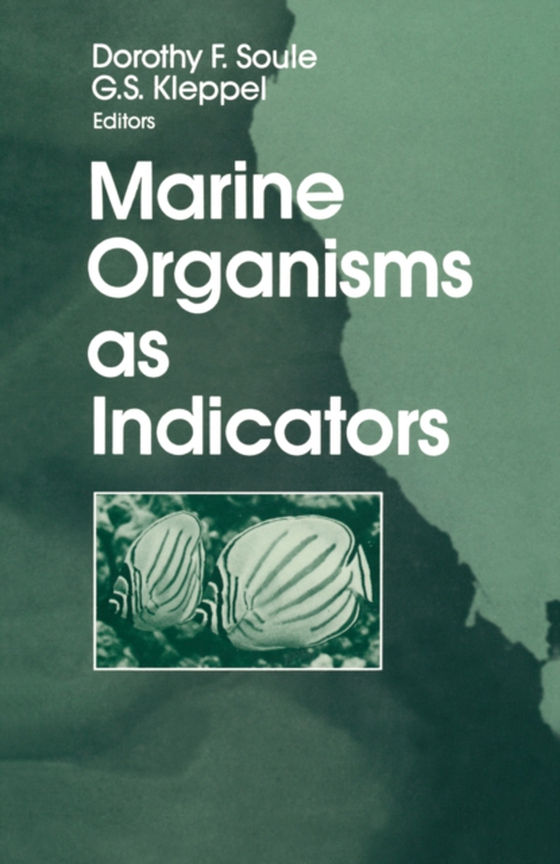
Marine Organisms as Indicators e-bog
875,33 DKK
(inkl. moms 1094,16 DKK)
The need for a volume dealing with the concept of indicator organisms became evident during a symposium on the subject, organized by the present editors for the Southern California Academy of Sciences. Ques- tions were posed about the appropriate uses of indicator organisms and the "e;rules"e; governing the application of the indicator concept to particular problems. For example, how do...
E-bog
875,33 DKK
Forlag
Springer
Udgivet
6 december 2012
Genrer
Ecological science, the Biosphere
Sprog
English
Format
pdf
Beskyttelse
LCP
ISBN
9781461237525
The need for a volume dealing with the concept of indicator organisms became evident during a symposium on the subject, organized by the present editors for the Southern California Academy of Sciences. Ques- tions were posed about the appropriate uses of indicator organisms and the "e;rules"e; governing the application of the indicator concept to particular problems. For example, how does one distinguish true indicators from biological anomalies? What kinds of organisms can appropriately be associated with conditions and events at various scales in time and space? To what extent does one species represent other species in the same environmental setting? Can the indicator concept be applied to the context of modern sampling and analytical technology? How can anthropogenic perturbations be distinguished from natural phenomena? How can unlike matrices from differing data bases with differing scales best be matched? Such questions are especially pertinent in today's research environment. The use of indicator organisms, while certainly not new, is the corner- stone for much scientific research. In the past two decades, indicator organisms have played increasingly important roles in the development and implementation of public policy. In particular, indicator organisms are being used to describe local environments and natural or anthropogenic perturbations to them, although there are pitfalls and problems associated with those usages. A growing number of nonbiologists, including physical oceanographers, find indicator organisms helpful, and sometimes essential, to their re- search.
 Dansk
Dansk

